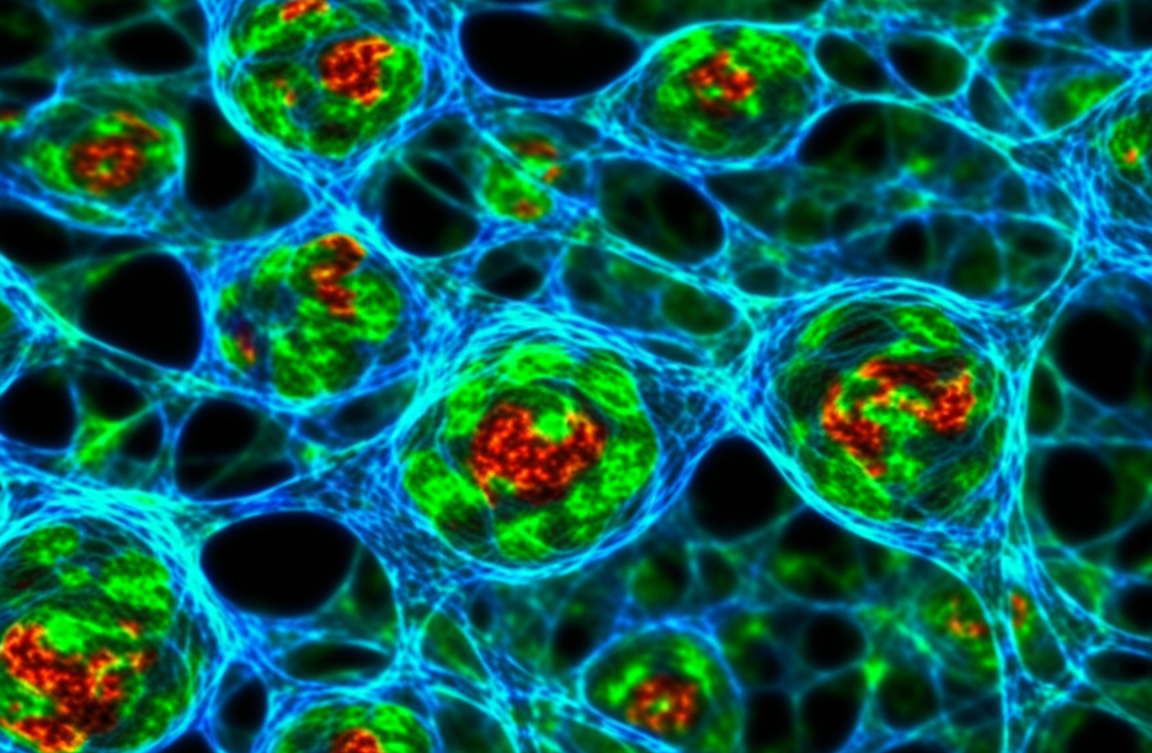
Illuminating Kidney Research: Applications of the LLC-PK1-LUC Cell Line in Disease Modeling
Introduction
Modeling complex disease processes in vitro is a cornerstone of modern biomedical research. For the study of kidney diseases, an ideal model must not only accurately mimic the physiological functions of the nephron but also provide a direct readout of cellular health. The LLC-PK1 cell line, derived from porcine kidney proximal tubules, serves as an excellent foundation for such a model, known for retaining key epithelial transport characteristics. By stably integrating the luciferase (LUC) reporter gene into this line, scientists have engineered the LLC-PK1-LUC cell line. This advanced tool provides researchers with a virtual "lens" to visualize the dynamic processes of cellular injury and repair in real time, thereby greatly enhancing our ability to investigate the intricate mechanisms of renal pathology.
Accelerate your nephrotoxicity screening with high-throughput, quantifiable data. Our LLC-PK1-LUC cells are your reliable tool for early safety assessments. Learn More>>
Acute Kidney Injury (AKI) Research
Acute Kidney Injury (AKI) is a severe clinical syndrome with complex pathophysiology, frequently caused by nephrotoxic agents. Due to its preservation of crucial proximal tubule functions, the LLC-PK1 cell line is a well-established model for assessing drug-induced nephrotoxicity. The integration of the luciferase reporter system into LLC-PK1-LUC cells has revolutionized this field.
The bioluminescent reaction catalyzed by luciferase is fundamentally dependent on intracellular ATP, the primary energy currency of the cell. Healthy, viable cells maintain high ATP levels, resulting in a strong luminescent signal. Conversely, when cells are damaged, ATP production falters, leading to a proportional decrease in light output. This direct correlation makes luminescence a precise and sensitive indicator of cell viability and the extent of cytotoxicity.
In practice, researchers can establish a robust in vitro model of drug-induced AKI by treating LLC-PK1-LUC cells with known nephrotoxins like cisplatin. Using a plate-based luminometer, the decay of the bioluminescent signal can be monitored dynamically over time, providing real-time data on the progression of cellular damage. This method is not only highly sensitive and reproducible but is also more straightforward and rapid than traditional assays like MTT or LDH release. Crucially, this model is ideally suited for high-throughput screening of potential therapeutic compounds. By co-incubating candidate drugs with cisplatin, compounds that preserve a high luminescent signal are identified as having potential renoprotective activity, providing a clear path for further investigation.
Elucidating Mechanisms of Kidney Stone Formation
The formation of kidney stones (nephrolithiasis), particularly calcium oxalate stones, is intrinsically linked to the injury and dysfunction of renal tubular epithelial cells. High concentrations of oxalate are directly toxic to these cells, inducing oxidative stress and apoptosis, which are critical initiating events in stone formation. The LLC-PK1 cell line is a canonical model for studying this oxalate-induced renal injury.
The LLC-PK1-LUC line allows for a more refined and quantitative assessment of oxalate cytotoxicity. By exposing the cells to varying concentrations of sodium oxalate and continuously measuring luciferase activity, researchers can generate detailed dose-time-response curves. This approach enables the precise determination of oxalate's damage threshold and kinetic profile.[10] Furthermore, the model serves as an efficient platform for testing anti-urolithiatic agents. For instance, the efficacy of natural extracts or synthetic compounds in mitigating oxalate-induced free radical damage can be evaluated by observing the recovery of the luminescent signal, which directly reflects cellular protection.[10][16] This visual and quantitative feedback loop greatly accelerates the understanding of molecular pathways in nephrolithiasis and the development of novel preventive strategies.
Investigating Genetic Kidney Diseases
The maturation of gene-editing technologies, particularly the CRISPR-Cas9 system, has empowered scientists to accurately model genetic diseases at the cellular level. Many inherited kidney disorders, such as polycystic kidney disease and certain forms of hypomagnesemia, arise from mutations in specific genes expressed in renal tubular epithelial cells.
Applying CRISPR-Cas9 to the LLC-PK1-LUC cell line allows for the precise knockout, knock-in, or point mutation of target genes, creating highly relevant in vitro models of hereditary nephropathies. For example, by deleting a gene encoding a critical ion transporter, researchers can directly observe the functional and viability consequences of this genetic defect.
Here again, the luciferase reporter system demonstrates its value. Scientists can assess whether the genetically modified cells exhibit increased vulnerability to specific physiological or pharmacological stressors (e.g., hyperosmotic conditions, drug challenges) compared to their wild-type counterparts. The change in luminescent signal provides a direct, quantifiable measure of this vulnerability. This combined strategy of "gene-editing + reporter gene" opens new avenues for dissecting the pathophysiology of genetic kidney diseases, screening for targeted therapies, and performing preclinical safety assessments.
Unlock the potential of your genetic kidney disease research. Combine CRISPR gene-editing with our LLC-PK1-LUC cells. Order Now>>
Conclusion
The LLC-PK1-LUC cell line represents a powerful and versatile research tool that has profoundly impacted the study of kidney disease. By translating complex pathophysiological events into a simple, quantifiable luminescent output, it has brought new clarity to the field. Its utility in assessing drug toxicity in AKI, delineating mechanisms of kidney stone formation, and modeling genetic disorders highlights its value. The visual and high-throughput nature of this system enhances research efficiency and data reliability. As technology continues to advance, luciferase-based reporter cell lines like LLC-PK1-LUC will undoubtedly remain at the forefront of efforts to unravel the mysteries of renal disease and accelerate the development of innovative therapies.
References
[1]Prontera, P., et al. (2011). A new reporter gene system for the quantitative and high-throughput analysis of homologous recombination. Biotechnology Journal, 6(10), 1278-1287.
[2]Thamilselvan, S., et al. (2000). Free radical scavengers, catalase and superoxide dismutase provide protection from oxalate-associated injury to LLC-PK1 and MDCK cells. The Journal of Urology, 164(1), 224-229.
[3]Knoll, T., et al. (2004). The influence of oxalate on renal epithelial and interstitial cells. Urological Research, 32(3), 159-164.
[4]Freedman, B. S. (2018). CRISPR Gene Editing in the Kidney. American Journal of Kidney Diseases, 71(6), 851-861.

